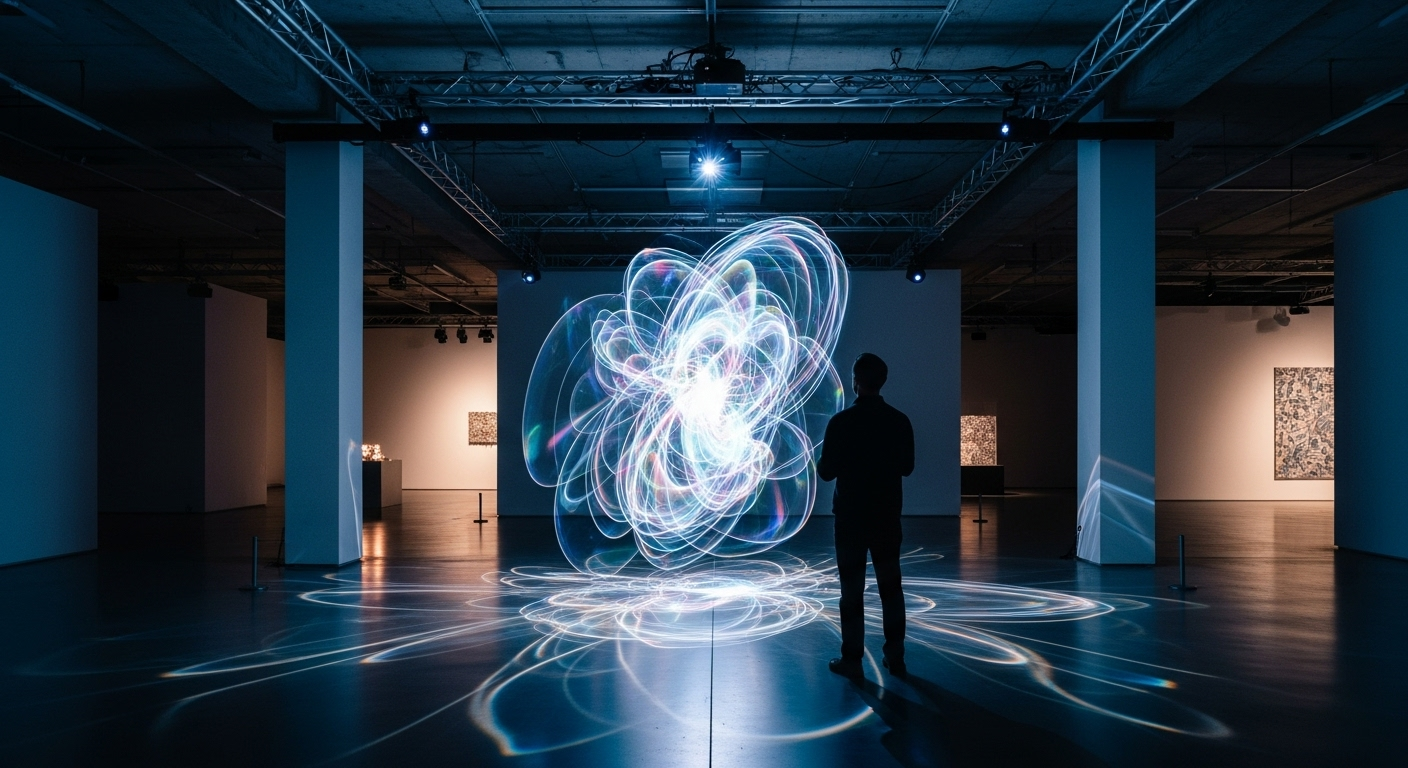Augmented Reality Art: Redefining Gallery Spaces
In the ever-evolving landscape of contemporary art, a groundbreaking fusion of technology and creativity is reshaping how we experience and interact with artistic expressions. Augmented Reality (AR) art, a cutting-edge medium that overlays digital elements onto the physical world, is transforming traditional gallery spaces into immersive, interactive environments. This innovative approach is not only challenging the conventional boundaries of art but also offering new avenues for artists to engage with audiences in unprecedented ways.

Breaking the Fourth Wall
One of the most compelling aspects of AR art is its ability to break down the traditional barriers between the viewer and the artwork. Unlike conventional paintings or sculptures that remain static, AR installations invite active participation. Viewers become part of the art itself, often using their own devices to unlock hidden layers of content or to manipulate digital elements within the physical space. This interactivity challenges the notion of art as a passive experience, encouraging a more dynamic and personal engagement with creative works.
Reimagining Exhibition Spaces
AR art is fundamentally changing the concept of gallery and museum spaces. Traditional white-walled rooms are being transformed into blank canvases for digital creativity. Artists can now create site-specific installations that exist in both the physical and digital realms simultaneously. This dual existence allows for constantly evolving exhibitions, where artworks can be updated or changed remotely, offering visitors new experiences with each visit.
Democratizing Art Creation and Access
The accessibility of AR technology is democratizing both the creation and consumption of art. Emerging artists, who might have struggled to find physical exhibition spaces, can now showcase their work globally through AR platforms. Similarly, art enthusiasts from around the world can experience exhibitions without the need for physical travel, breaking down geographical barriers and making art more inclusive.
Challenges and Controversies
Despite its potential, AR art is not without its challenges. Questions of ownership, copyright, and the permanence of digital art forms are hotly debated topics in the art world. There are also concerns about the technology’s potential to overshadow the art itself, with some critics arguing that the novelty of AR can sometimes detract from the deeper artistic message. Additionally, the reliance on technology raises issues of accessibility for those without the necessary devices or technical know-how.
The Future of AR Art
As AR technology continues to advance, the possibilities for artistic expression seem limitless. We are likely to see even more immersive and interactive installations that blur the lines between reality and the digital realm. Some experts predict that AR will eventually become so seamless that it will be indistinguishable from our physical reality, opening up entirely new dimensions for artistic exploration.
Conclusion
Augmented Reality art represents a paradigm shift in the way we create, experience, and think about art. By merging the digital and physical worlds, it offers a unique platform for artists to push the boundaries of creativity and for audiences to engage with art in deeply personal and interactive ways. As this medium continues to evolve, it promises to redefine not just gallery spaces, but the very nature of artistic expression in the 21st century and beyond.





